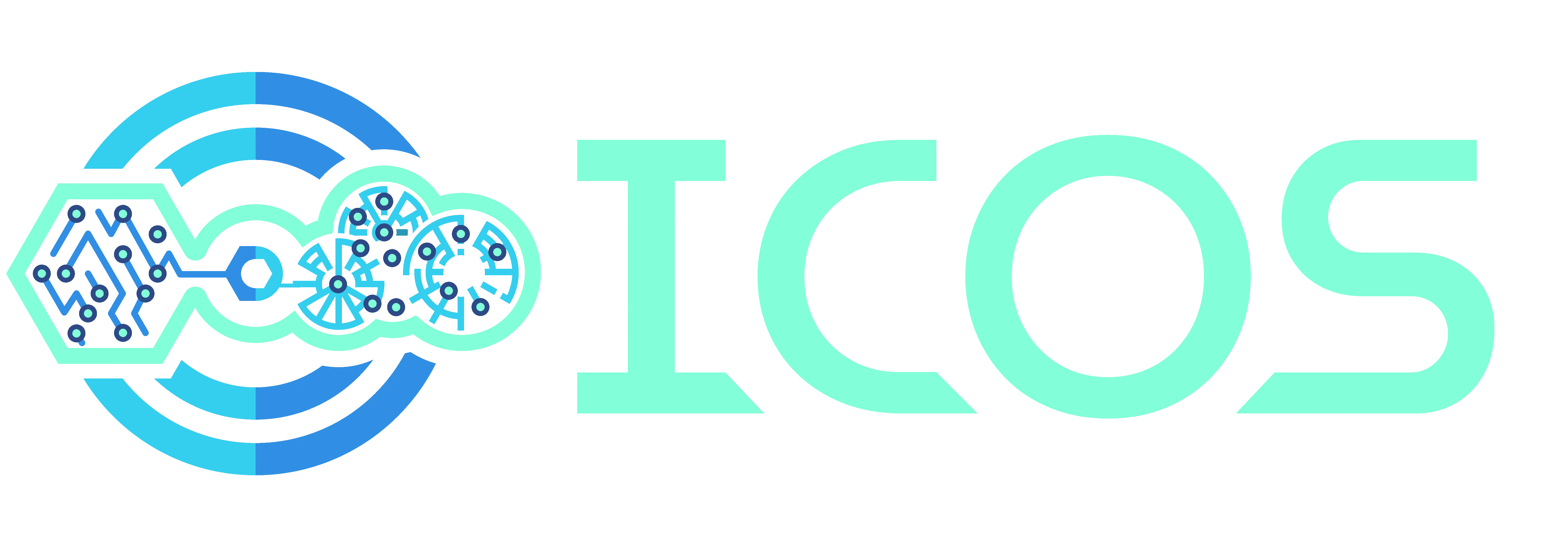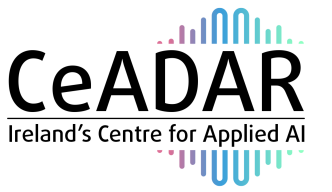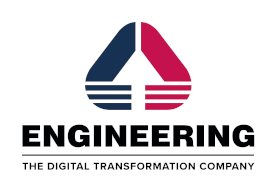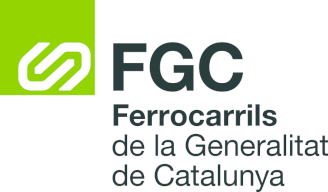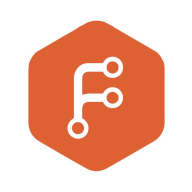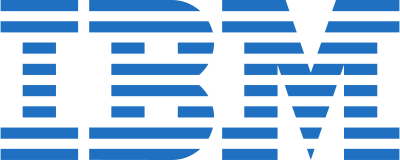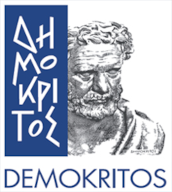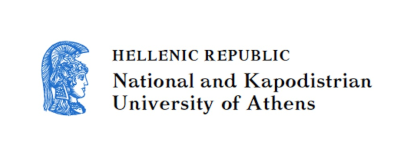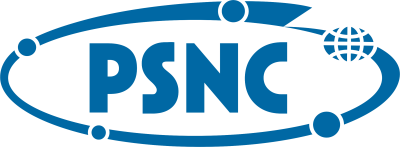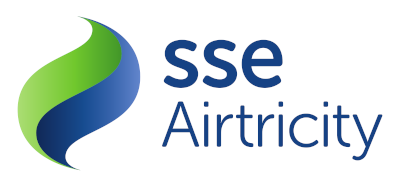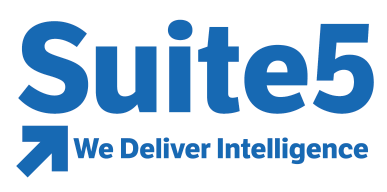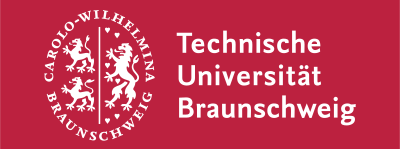Towards a functional continuum operating system
The unstoppable proliferation of novel computing and sensing device technologies, and the ever-growing demand for data-intensive applications in the edge and cloud, are driving the next wave of transformation in computing systems architecture. The resulting paradigm shift in computing is centered around dynamic, intelligent and yet seamless interconnection of IoT, edge and cloud resources in one computing system, to form a continuum.
Objectives
Redefining the landscape of cloud operating systems with five key objectives
1.
Crafting a sophisticated operating system that adapts seamlessly across the continuum, integrating diverse devices and platforms into a unified experience.

2.
Harnessing the power of intelligent data management and resource allocation techniques to optimize performance and efficiency.

3.
Commitment to ensuring that our system operates with integrity, while also fostering an open ecosystem for collaboration and innovation.

4.
Showcasing the tangible benefits of our project across a variety of relevant scenarios, from everyday use to specialized applications.

5.
Collaboration and creation of an environment that encourages creativity and experimentation, empowering both developers and the broader scientific and engineering community to push boundaries and create new possibilities.

Use Cases
Discover the transformative power of our project in real-world applications, revolutionizing industries, enhancing user experiences, and unlocking new possibilities across the continuum
Partners





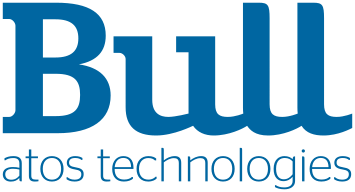
News & Events
This project has received funding from the European Union’s HORIZON research and innovation programme under grant agreement No 101070177.
Open Calls
Technology
